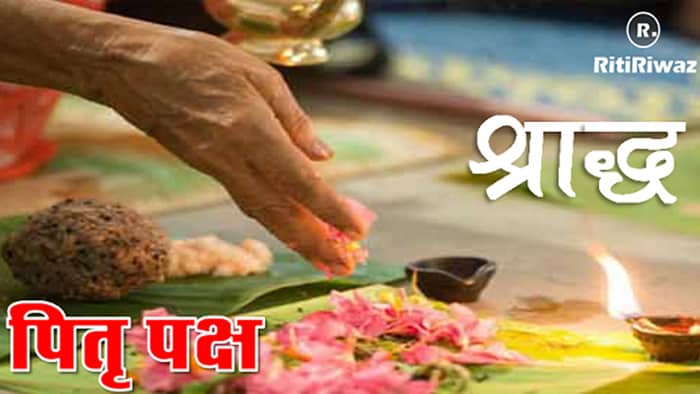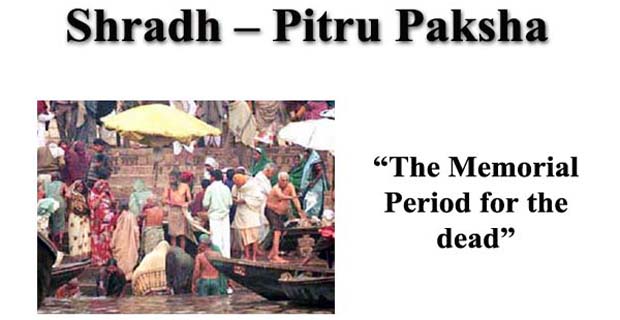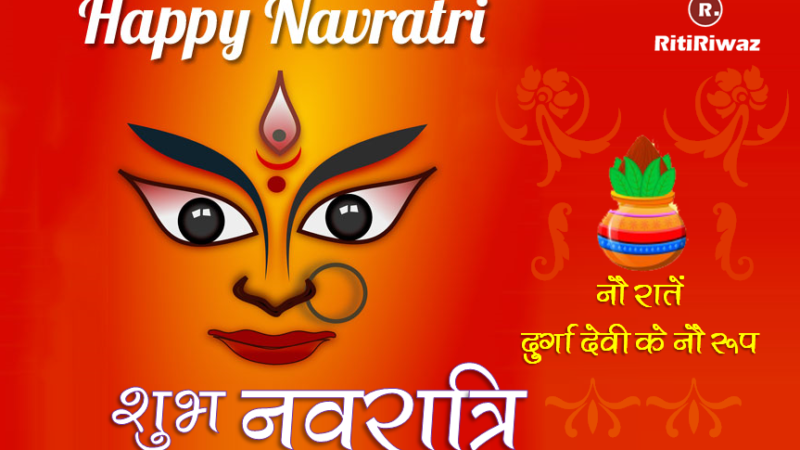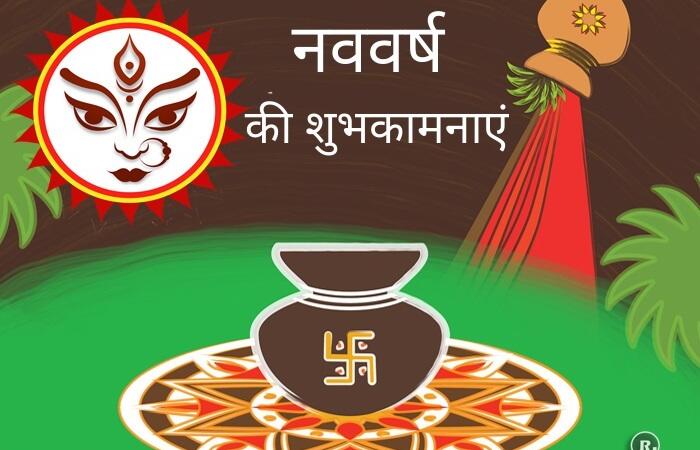Shradh – Pitru Paksha

Pitru Paksha (The Memorial Period for the dead)
The dark fortnight of Ashvina [September-October] is known as Pitr Paksha or Mahalaya Paksha.
Pitru Paksha start date: Friday, 29 September 2023 Purnima Shraddha (Bhadrapada Shukla Purnima); starts from the fortnight immediately after the Ganesh Chaturthi.
Pitru Paksha End date: Saturday, 14 October 2023 – Sarvapitru Amavasya or Mahalaya Amavasya.
Mahalaya Amavasya marks the beginning of the Navratri festival. Mahasashthi which marks the start of Durga Puja starts on October 20, while Mahalaya is on October 14.
The Pitru (forefathers) Paksha (phase of the moon) or simply “The auspicious period for remembering those who have passed away” is very significant in the Hindu culture. In writing this article we hope to enlighten people from all cultures as to why we honor this very auspicious period of 15 days which comes in the dark half phase of the month of Ashwini (around September), set aside as a Memorial and thanksgiving to the departed souls, who, when on this Earth, made some contribution to make it a better place. We acknowledge our indebtedness to these ancestors at this period. It is an observance accompanied by intense bhakti (devotion) to the Supreme Lord.
Hindus observe this significant period for just a few days. On the 10th of September, Pitru Paksha starts and continues for 15 days. Many offer food after three days when they are performing their havan. Whatever you cook for yourself on that day you can offer to the Pitrs. How is this done? On a tray place a banana leaf. On the banana leaf place a teaspoon of all the food that was cooked. Then in the corner of your yard in a clean place offer the food together with a small cup of water or milk. Say “ all my ancestors, please partake in this Prashad“. Then leave that food. One should do this for 15 days. On the last day, you can either perform a havan or donate in charity (whatever you like and can afford – like 3 three types of grains, fruits, vegetables) to your family priest or a poor person.
All religions, sects, even tribes follow different observances when a member of the family passes on. The rites are based on certain beliefs and convictions enshrined in religion. One of the cornerstones of Sanatana Dharma (Hinduism) is the belief in the eternity of the Atma (Soul). The Atma leaves the body at death but life does not end there but continues after death as Lord Krishna says in Bhagavata Gita 2.20 “For the soul there is neither birth nor death at any time. The soul is unborn, eternal, ever-existing, and primeval. He is not slain when the body is slain.”
The final rites after death are called Antyeshti, during which the body is cremated or buried depending on the age of the deceased. The ceremonies performed after the 10th, 13th day followed by the 6th, 12th month, and yearly ceremonies are all called Shraddha. The annual Shraddha performed during Pitr Paksha falls into the same category of rituals.
The Sanskrit word Pitr embraces God in all His aspects, the earliest sages, and our immediate ancestors to the third generation, and all our departed friends and relatives.
The followers of Sanatan Dharma (Hindus) express their gratitude and devotion by oblations of water (Tarpan) in memory of these ancestors. Oblations are made to God, to the Devi/Devas, Rishis, and to our ancestors. The offerings are performed daily for 15 days.
Tarpan is done as follows: In a dish of half-filled water add some milk, sugar, honey, a few grains of barley, a few drops of ghee, and flowers petals – mix these items. Now face East and keep 3 pieces of Kush grass across both palms forming a cup and offer this water in the dish – NOT on the ground – in the name of as many deities as possible. Then face north and offer water in the name of the rishis. Then face south and now add til (Sesame seeds) into the water and offer this in the name of the pitrs (forefathers).
Remember that water is only offered in the dish. Only after all offerings have been completed then the dish of water is dropped on a plant. This can be repeated as many days as one desires in the 15 days.
Suggested Read: Things You Should Not Do During The Hindu Pitra Paksh

Havans (except Wedding, Sacred thread ceremonies, Katha and Jhunda, and so forth are not performed) during this period are recommended. Food prepared MUST FIRST be offered to the Supreme Lord Sri Krsna/Rama/Vishnu than that offered food becomes sanctified food (Prashad) and only then must that Prashad be offered to the forefathers. By performing it in this way the forefathers bless that family immensely since they are eating Vishnu Prashad, which relieves them very quickly, from whatever bad situation they are in. Charity should also be performed at this time, as this is most beneficial.
Also Read: Shradh in India is Halloween festival of the World
Types of Shraadh: There are 12 types of Shraadh in the Hindu religion.
- Nitya Shraadh
It is done daily. And in this ceremony sesame seeds, grains, water, milk, fruit, vegetables, and food are offered to the departed soul daily.
- Neimitik Shraadh
It is also known as Ekodisht Shraadh. In it, food is offered to an odd number of priests say 1, 3, or 5 in number.
- Kaamya Shraadh
On this day prayers and respect are offered to the departed soul with the aim of the fulfillment of some wish.
- Vriddhi Shraadh
It is done for the gain of prosperity and children. Only persons who have gone through Upanayan Samskar should do it.
- Sapindan Shraadh
In it, four clean vessels are taken and in each, some water mixed with fragrance and sesame seeds is taken.
- Paarvann Shraadh
It is done on a moonless night or on some special occasion
- Goshtth Shraadh
It is done for the gain of cattle.
- Shurdhyarth Shraadh
It is done with the help of priests for the gain of wealth, and for appeasing scholars and ancestors.
- Karmaang Shraadh
In it, prayers are offered to the ancestors when a woman becomes pregnant or when Seemaantonayan and Punsavan Samskaras are being accomplished.
- Deivik Shraadh
In it, oblations are made with ghee in the holy fire for good luck in travels and to seek the good wishes of deities.
- Oupcharik Shraadh
It is done for physical health and riddance with diseases.
- Saanvatsarik Shraadh
It is best among all Shraadhs, and it is accomplished on the day on which the soul departed. It is an essential ritual for in the text Bhavishya Purana Lord Sun says – I do not accept the prayers of a person who does not perform Saanvatsarik Shraadh and neither do Vishnu, Brahma, Rudra, and other deities.
Is Pitr Puja Necessary?
Some people are of the opinion that Pitr Puja should not be performed because the Atma or the deceased has already taken birth again. It might have been born as an animal, bird, insect, human form, or whatever form that the soul would receive in accordance with the karmas (actions good or bad) of previous lives.
After the Sapindi ceremony (the 13th-day ceremony performed 13 days after the cremation of the deceased), the Pitr Puja becomes obligatory on the descendants. Every human being has to pay three debts with which he is reborn, and that is (1) indebt ness to the Supreme Lord, (2) to the Rishis, and (3) to the forefathers.
Now, what does it matter if the soul is reborn? A simple analogy from everyday life will make it clear. A person named Ram owes a sum of money to Gopal who was residing at a certain address at the time when the debt was incurred. Subsequently, Gopal changes his place of residence and begins to live in another place. Does this absolve Ram from his indebtedness? No.
After all, death is the leaving of one body by the Atma and birth is the taking on of a new body. Bhagavad Gita (2.22) aptly describes the process “Just as one removes old clothes and puts on new ones, so does the Jivatma abandon an old body and obtain a new one” For further elucidation we may liken transmigration of the Soul to one abandoning a house which is old and beyond repair and taking residence in another home.
Besides, Pitr Puja is a memorial service in which the devotee remembers as well as prays, addressing the departed he says: “O Pitrs in whichever form you may be, wherever you may be, we wish to remember and pray for your peace and welfare.” Auspicious mantras are recited for the welfare, prosperity, and peace of all beings.
Also Read: Autumn Festivals
Shradh 2023 dates
29 सितंबर (29 September) – पूर्णिमा श्राद्ध ( Purnima Shraddha)
29 सितंबर (29 September) – प्रतिपदा ( Pratipada)
30 सितंबर (30 September) – द्वितीया ( Dwitiya)
1 अक्टूबर (1 October) – तृतीया (Tritiya)
2 अक्टूबर (2 October) – चतुर्थी ( Chaturthi)
3अक्टूबर (3 October) – पंचमी, महा भरणी ( Panchami, Maha Bharani)
4अक्टूबर (4 October) – षष्ठी (Shashti)
5 अक्टूबर (5 October) – सप्तमी ( Saptami)
6 अक्टूबर (6 October) – अष्टमी ( Ashtami)
7 अक्टूबर (7 October) – नवमी ( Navami)
8 अक्टूबर (8 October) – दशमी ( Dashami)
9 अक्टूबर (9 October) – एकादशी ( Ekadashi)
11 अक्टूबर (11 October) – द्वादशी ( Dwadashi)
12 अक्टूबर (12 October) – त्रयोदशी (Trayodashi)
12 अक्टूबर (12 October) – मघा श्राद्ध ( Magha Shradh)
14 अक्टूबर (14 October) – सर्वपित्र अमावस्या ( Sarva pitru Amavasya) also known as Sarvapitra Moksha Amavasya.
Mahalaya Amavasya marks the beginning of the Navratri festival. It is believed that Goddess Durga was descended on the Earth on this day.






